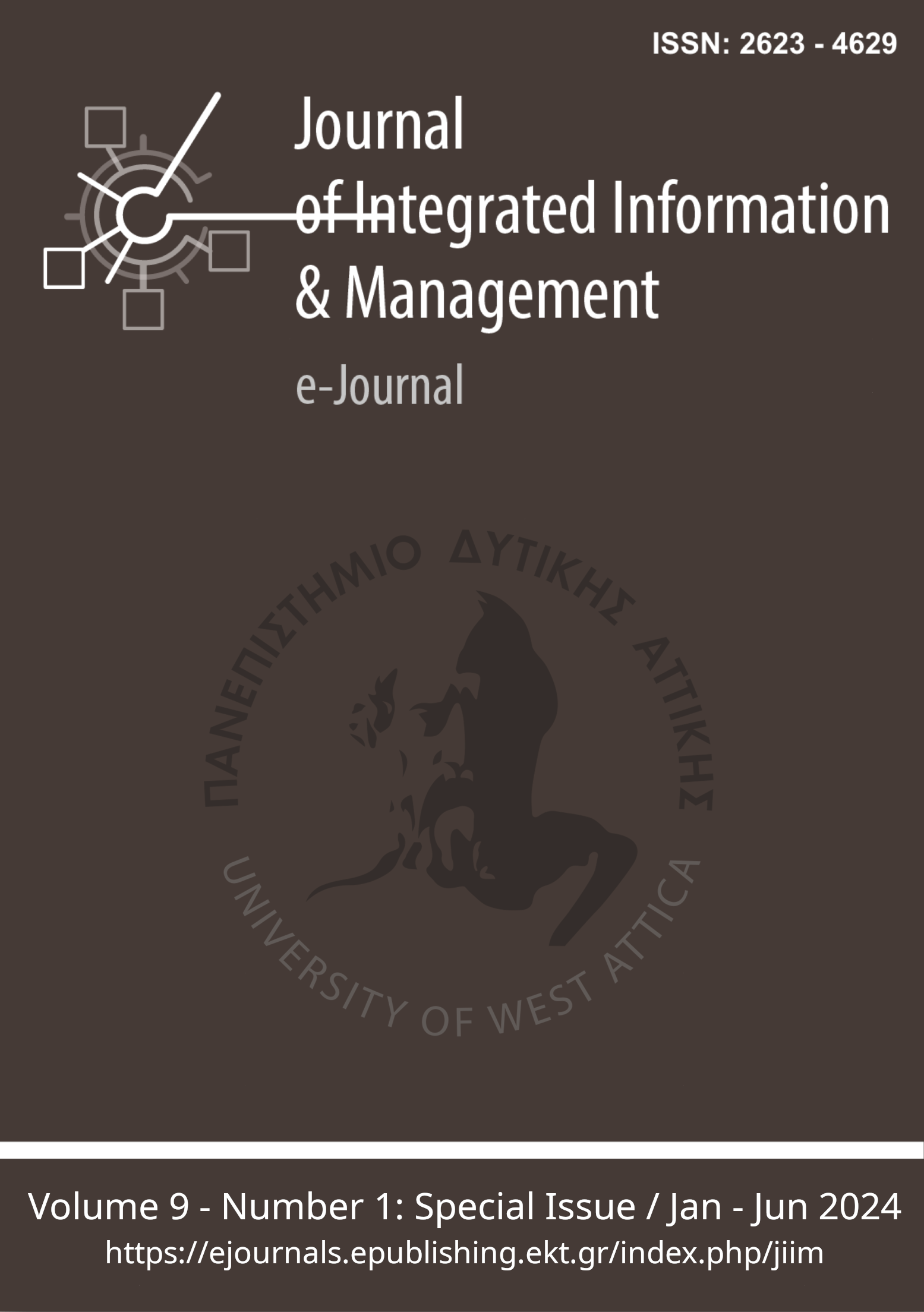OpenLab Evaluation of CAnTi Advancing Conservation of Ancient Tiryns through Virtual and Mixed Reality Interactive Applications

Abstract
Purpose - The Conservation of Ancient Tiryns (CAnTi) research project aims to improve the presentation and understanding of conservation and restoration (CnR) data for the Acropolis of Ancient Tiryns. To achieve this goal, the project focuses on designing and implementing virtual and mixed reality interactive applications. These applications serve as innovative tools for visualizing and communicating crucial CnR data, bridging the gap between specialists and the public while enhancing visitors' engagement and experience.
Design/methodology/approach - Apart from the finalization of the design and the development of the interactive applications, the evaluation in terms of their efficacy along four fundamental axes presents a field of interest. Firstly, the engagement of the public with the CnR domain will be assessed through the utilization of an OpenLab approach, which enables users to interact with and explore the applications in a user-friendly manner. Secondly, the comprehension of the information material regarding CnR interventions presented through the applications will be evaluated to ensure that the conveyed knowledge is clear and accessible to a wide range of audiences. Thirdly, the user-friendliness and efficiency of the virtual and mixed-reality applications will be closely scrutinized to optimize the overall visitor experience and ensure seamless navigation. Lastly, the satisfaction of specialists, who must be able to communicate complex CnR data with the public supported by the applications, will be gauged to understand how well the proposed approach facilitates their interactions.
Findings -Through this comprehensive evaluation, the research team aims to gain valuable insights into the extent to which the developed applications can effectively present and communicate CnR data on behalf of specialists. Additionally, this study aims to identify areas for improvement that can enhance overall visitor engagement and experience during their interaction with the Acropolis of Ancient Tiryns.
Article Details
- How to Cite
-
Konstantakis, M., Chrysanthi, A., Moraitou, E., Kotsopoulos, K., Papastamatiou, N., Papadimitriou, A., & Caridakis, G. (2024). OpenLab Evaluation of CAnTi: Advancing Conservation of Ancient Tiryns through Virtual and Mixed Reality Interactive Applications . Journal of Integrated Information Management, 9(1), 30–36. Retrieved from https://ejournals.epublishing.ekt.gr/index.php/jiim/article/view/37818
- Section
- Research Articles

This work is licensed under a Creative Commons Attribution-NonCommercial 4.0 International License.
Copyright Notice
Authors who publish with JIIM agree to the following terms:
- Authors retain copyright and grant the journal right of first publication with the work simultaneously licensed under a Creative Commons Attribution Non-Commercial License that allows others to share the work with:
- An acknowledgment of the work's authorship and initial publication in this journal.
- Authors are permitted and encouraged to post their work online (preferably in institutional repositories or on their website) prior to and during the submission process, as it can lead to productive exchanges, as well as earlier and greater citation of published work.





